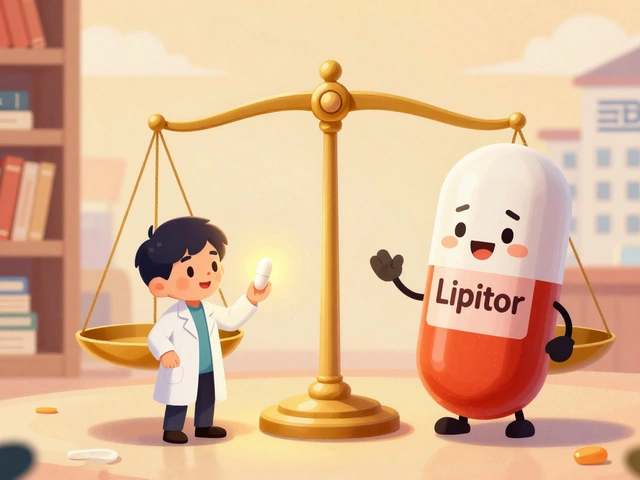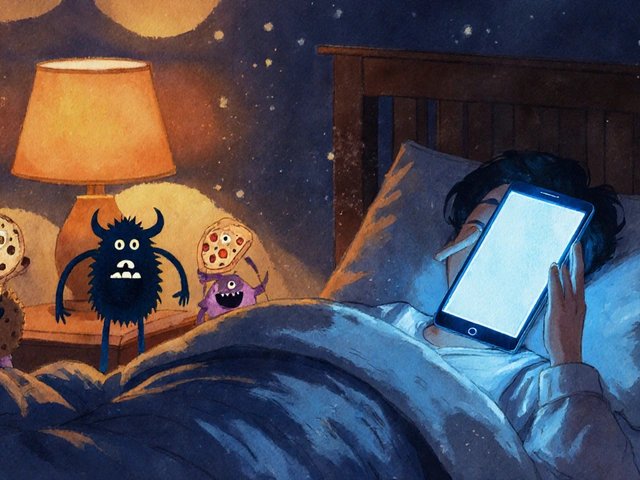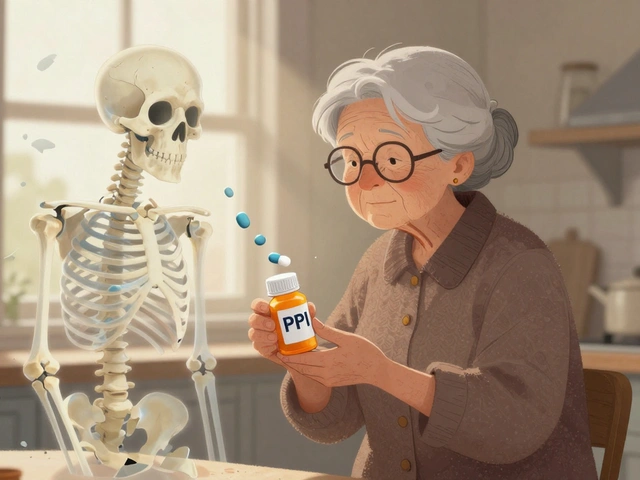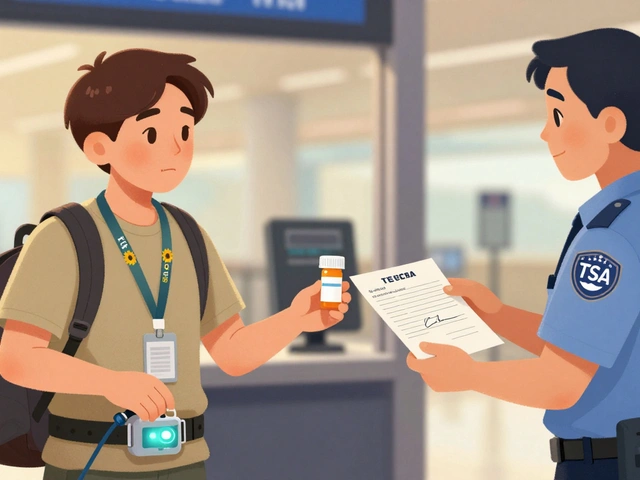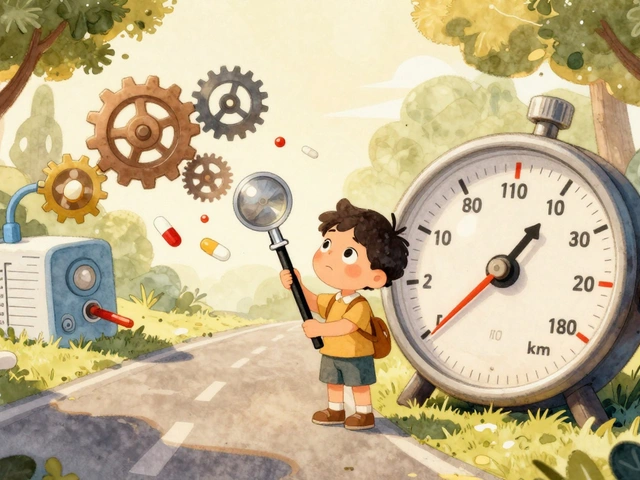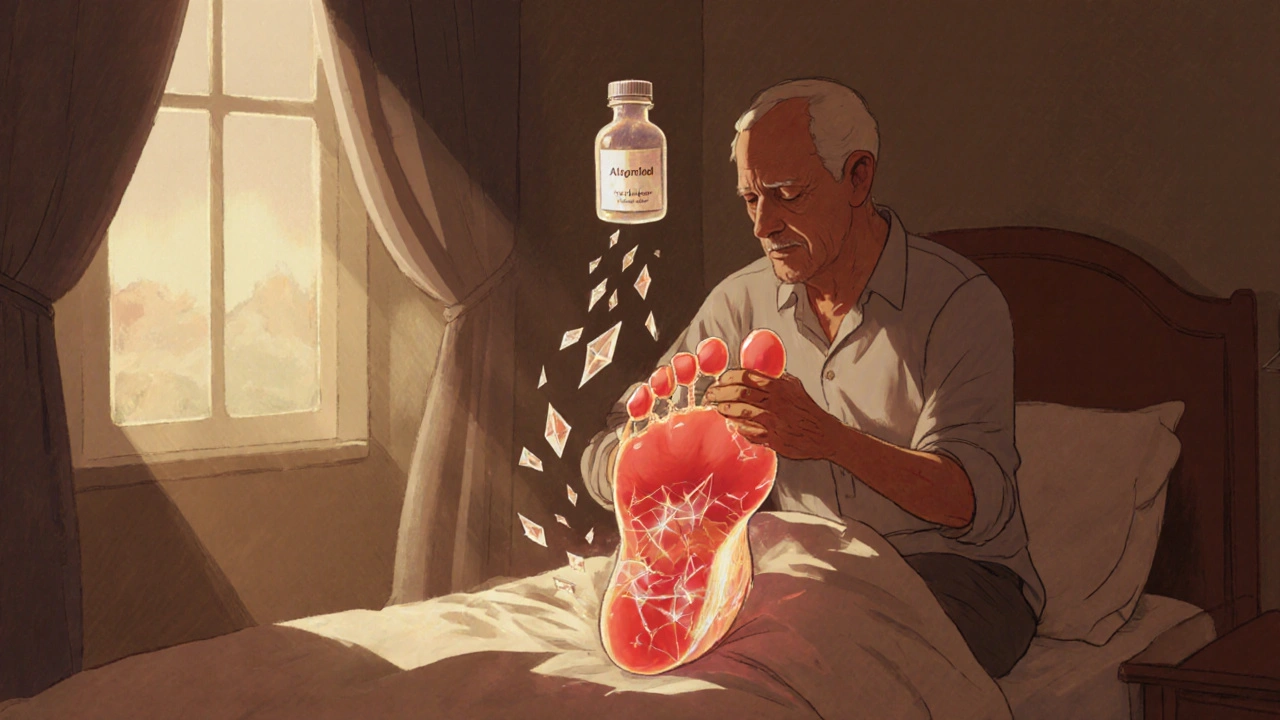
Gout Treatment: Effective Ways to Manage Pain, Flares, and Long-Term Risk
When you have a gout, a form of inflammatory arthritis caused by high levels of uric acid in the blood that forms sharp crystals in joints. Also known as uric acid arthritis, it doesn’t just hurt—it can wreck your mobility if left unchecked. A sudden gout flare feels like your big toe is on fire, swollen, red, and too tender to touch. But treating the pain alone is like putting a bandage on a leaky pipe. Real gout treatment means lowering uric acid before the next attack hits.
High uric acid isn’t random. It’s tied to diet—red meat, shellfish, beer, and sugary drinks all push levels up. But genetics and kidney function play a bigger role than most people think. That’s why some folks with perfect diets still get gout, while others who eat steak daily never do. The goal isn’t to eliminate all purines—it’s to keep uric acid below 6 mg/dL. That’s the threshold where crystals start to dissolve. Medications like allopurinol, a daily pill that blocks uric acid production and colchicine, a drug used to prevent or stop flares are the backbone of long-term control. Many people stop taking them once the pain goes away. Big mistake. Gout doesn’t disappear because it feels better—it disappears because uric acid stays low.
Flares happen for reasons you can’t always control, but you can reduce their frequency. Avoiding alcohol, staying hydrated, and losing even 5-10 pounds can cut attacks in half. Some people find cherry extract helps, but don’t rely on it alone. What works for one person might not work for another—especially if you’re on other meds. For example, diuretics for high blood pressure can make gout worse. That’s why managing gout often means looking at your whole medication list, not just the one for your toe.
You’ll find posts here that dig into how drug costs affect whether people stick with their treatment, what alternatives exist when allopurinol causes side effects, and how to spot when gout is damaging your kidneys or joints over time. These aren’t just stories—they’re real experiences from people who’ve been through the same flares, the same doctor visits, and the same struggle to afford the meds they need. This isn’t about quick fixes. It’s about learning how to live with gout so it doesn’t live with you.
-
31 Oct



